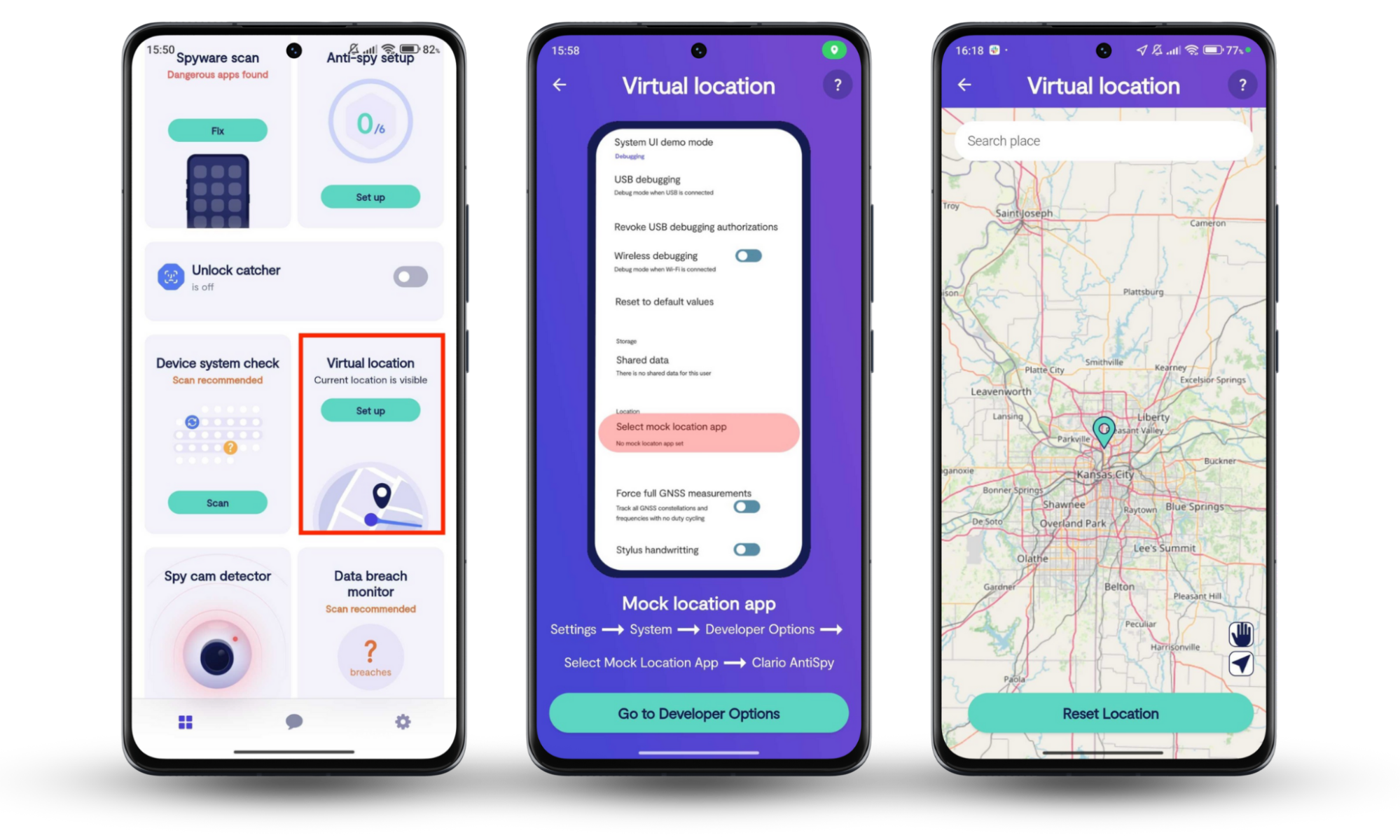Table of contents
- What is incognito mode?
- How does incognito mode work?
- What does incognito mode do?
- What incognito mode doesn’t do
- Is incognito mode really private?
- Is incognito safe and secure?
- Conclusion
What is incognito mode?
Incognito mode is a private window in your browser where you can surf the internet anonymously. This mode allows you to browse websites privately and erases your search history, temporary cookies, or autosaved personal information — like passwords or credit card numbers — once the session ends.
Depending on your browser, incognito mode can come under different names:
- Incognito mode in Google Chrome
- InPrivate in Microsoft Internet Explorer and Edge
- Private browsing in Mozilla Firefox
- Private in Apple Safari
If you’re wondering how to turn on incognito mode, go to your browser’s menu. It’s usually a standard option which you can easily find right away. Most browsers offer similar private browsing functionality. However, it’s worth remembering that this doesn’t make you entirely invisible online.
So, what does incognito mode actually do? To make this clear, let’s take a closer look at how it works.
How does incognito mode work?
With incognito mode, any website you open assumes you’re a new visitor. So, you leave no digital ‘footprints’ — whether you browse the web, log in to your accounts, or enter banking details — once the session ends, all data will be removed. Anyone who browses later on your device won’t be able to see your online activity or use the autosaved information you entered on an online form.
What does incognito mode do?
Incognito mode enables private browsing. This means your search history and website data aren’t saved to your device. This includes the following features:
No tracking of browsing activity
When you are using incognito mode, your device doesn’t save the browsing history or website cookies. These are small blocks of data used by websites to remember your past online activities and improve your online experience. For example, they keep items in your Amazon shopping cart even if you abandon them for days.
Since incognito mode erases all of your device’s cookies, it becomes much trickier for websites and advertisers to track you online. This results in:
- Fewer ads. For example, if you search for a surprise birthday gift for your spouse, incognito mode will ensure that once your session is over, no targeted ads pop up later and give the game away. This mode can also help to shake off pesky advertisers following you from one site to the next.
- Better deals. Incognito mode often (but not always) allows you to see better prices on hotels and airfare. Some travel websites can show you higher prices based on your geolocation or if you have repeatedly returned to the site to check the cost.
No third-party additions
By default, incognito mode disables third-party additions, such as extensions and toolbars, in your browser. Along with better privacy, this may result in improved browser performance, as extensions can cause glitches. If you have performance problems, the easiest way to make sure it’s not an extension or toolbar acting up is to open the session in incognito mode.
Automatic logout
If you forget to log out of your account when using a public computer, you can expose sensitive information like bank account credentials to the next person using the device. By turning on incognito mode, you’ll automatically be logged out once the session is finished.
Multiple account login
Incognito mode isn’t always about safety and privacy. It’s about convenience, too, especially if you share your device with others. For example, by opening up new browser windows in incognito mode, your friends can log in to their accounts without you logging out.
While incognito mode offers a range of benefits, it doesn’t offer a truly private experience due to its limited functionality. This brings us to the next point.
What incognito mode doesn’t do
Incognito mode can be a good start towards online privacy, but it won’t protect your data and identity for two reasons.
Incognito mode doesn’t block other parties from tracking your web activity
Does incognito mode use cookies? It actually does during the session. While cookies, site data, and log-in information will be removed locally after you quit incognito mode, they can still be tracked as long as the session is active.
As a result, your online activity is no longer anonymous once you sign in to your favorite sites. This means that as soon as you log in to Facebook, it can easily “see” what you’re doing online and adjust its ads accordingly. Besides, since websites can still detect your ID, device, and browser type, they can “guess” who you are based on this data.
If you wish to maintain anonymity or privacy from external tracking while you surf the web, download Clario Anti Spy and try out our Virtual Location feature created for Android users. It allows you to replace your real mobile device’s real GPS coordinates with fake ones. All you have to do is select a spot on the map. Virtual Location will display it as your location, concealing your actual whereabouts from anyone trying to track your movements.
Here’s how to use Virtual Location on Android:
- Install Clario Anti Spy on your mobile device.
- Create an account by entering your name, email, etc.
- In the Virtual location feature field, click Set up.
- Go to Developer Options and select Mock Location App.

Incognito mode doesn’t protect you from cyberattacks
Incognito mode does absolutely nothing when it comes to protecting you from hackers or malware. The sites you visit collect your digital fingerprint, including your location, language, device specification, and online behavior. When breached, this data can go to data brokers — companies that collect and sell personal data — or directly to cybercriminals, resulting in identity theft.
Is incognito mode really private?
While incognito mode ensures privacy within one device, it can’t hide downloaded files or stop other parties from logging your data.
So, is incognito browsing actually incognito? No, and here’s why:
- Your internet service provider (ISP) records your online activity.
- Visited websites log your IP address and other identifying data.
- Your employer, school, or university’s local servers record your browsing history if you use your device in their network.
- Google, Amazon, or Facebook record your browsing history, geolocation, and other personal data once you sign in.
- Some search engines can still see your private browsing history.
- Incognito mode can’t prevent others from seeing your downloaded files and bookmarks, as most browsers save them during your incognito browsing session.
Unlike a VPN, incognito mode doesn’t encrypt your data or hide your IP address, which is crucial if you want to hide your online activity from other network users.
Is incognito safe and secure?
Incognito mode is safe to use if you know its limitations. It’s a natural choice for those who want to hide their search history, reduce targeted ads, get better travel deals, or host a guest. Yet, it won’t make you entirely anonymous or protect you from cyberattacks. Also, it won’t mask your device’s IP address from websites and online services.
Conclusion
Surfing the web in incognito mode prevents your browser from saving your browsing history, cookies, and site data. However, it doesn't ensure complete anonymity, leaving your IP address and other private data visible to websites and your network.
Wondering how to search incognito and keep your location hidden? You can activate incognito mode in your browser. It goes by different names: Incognito mode in Google Chrome, InPrivate in Microsoft Internet Explorer and Edge, Private Browsing in Mozilla Firefox, and Private in Apple Safari. As for hiding your location, use Clario’s Anti Spy Virtual Location feature. It is created specifically for Android users and allows users to replace real whereabouts with fake ones.


